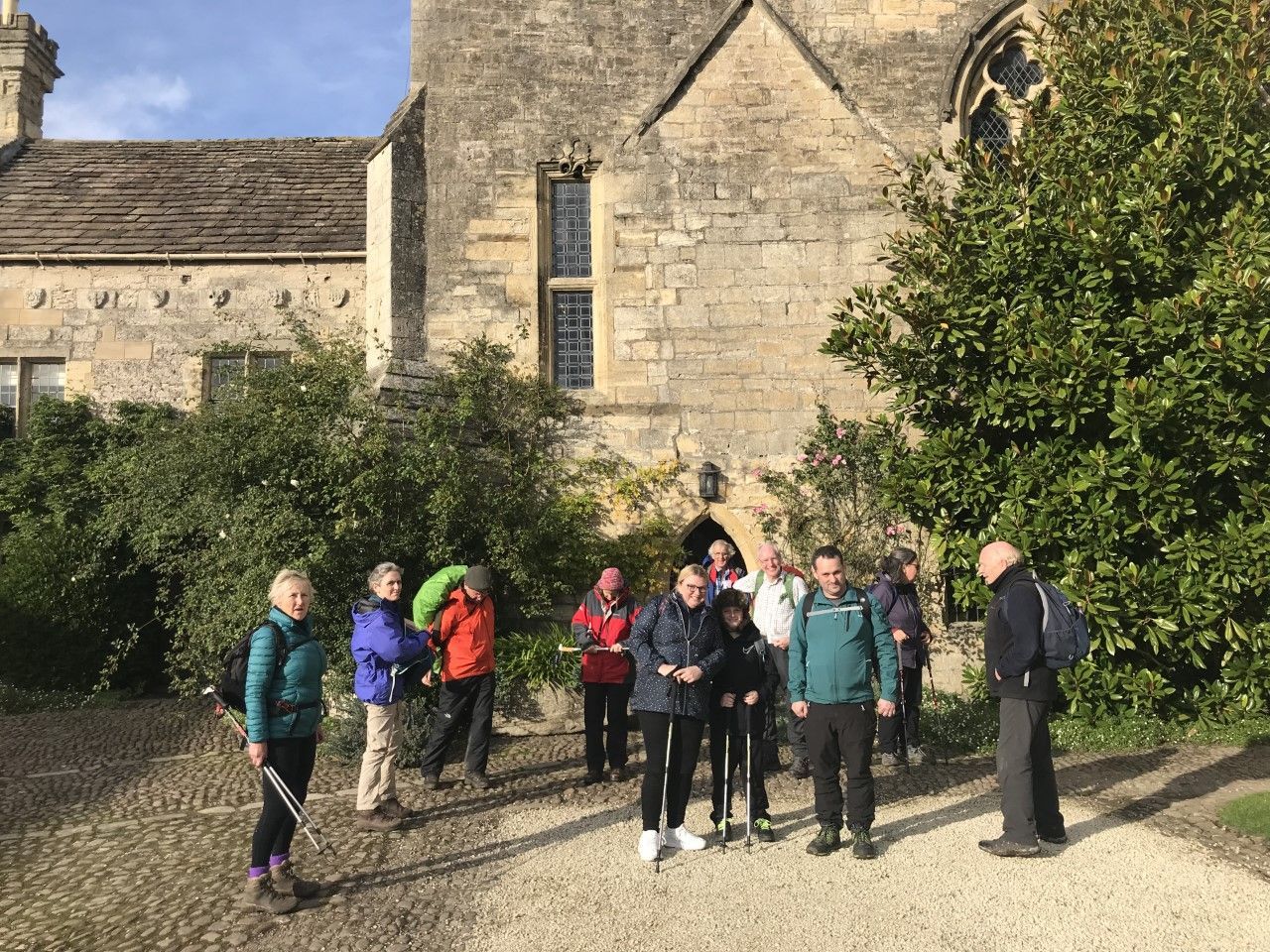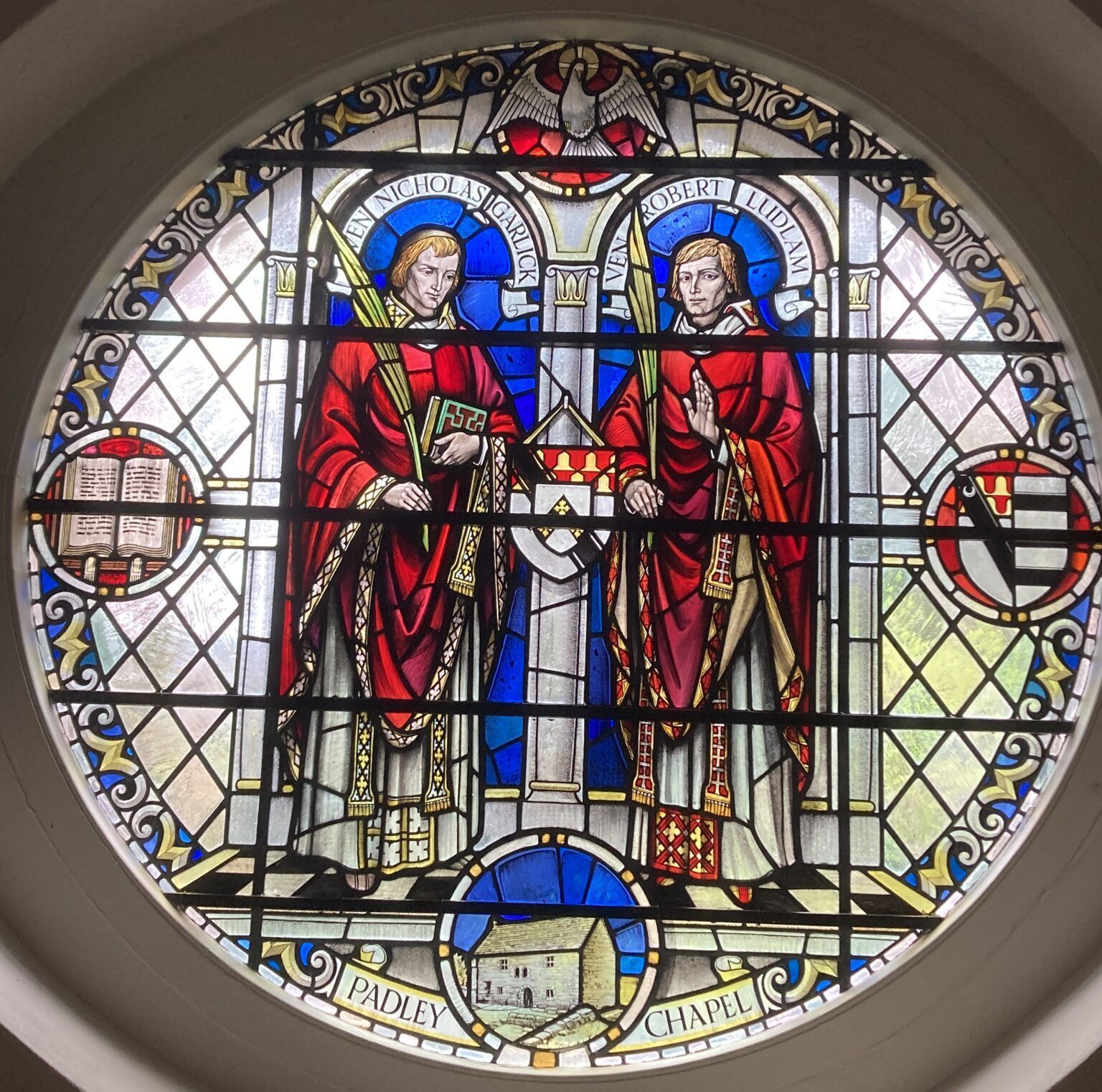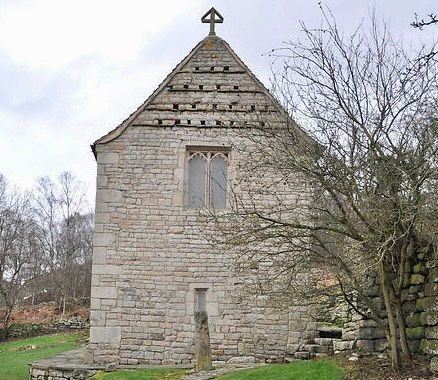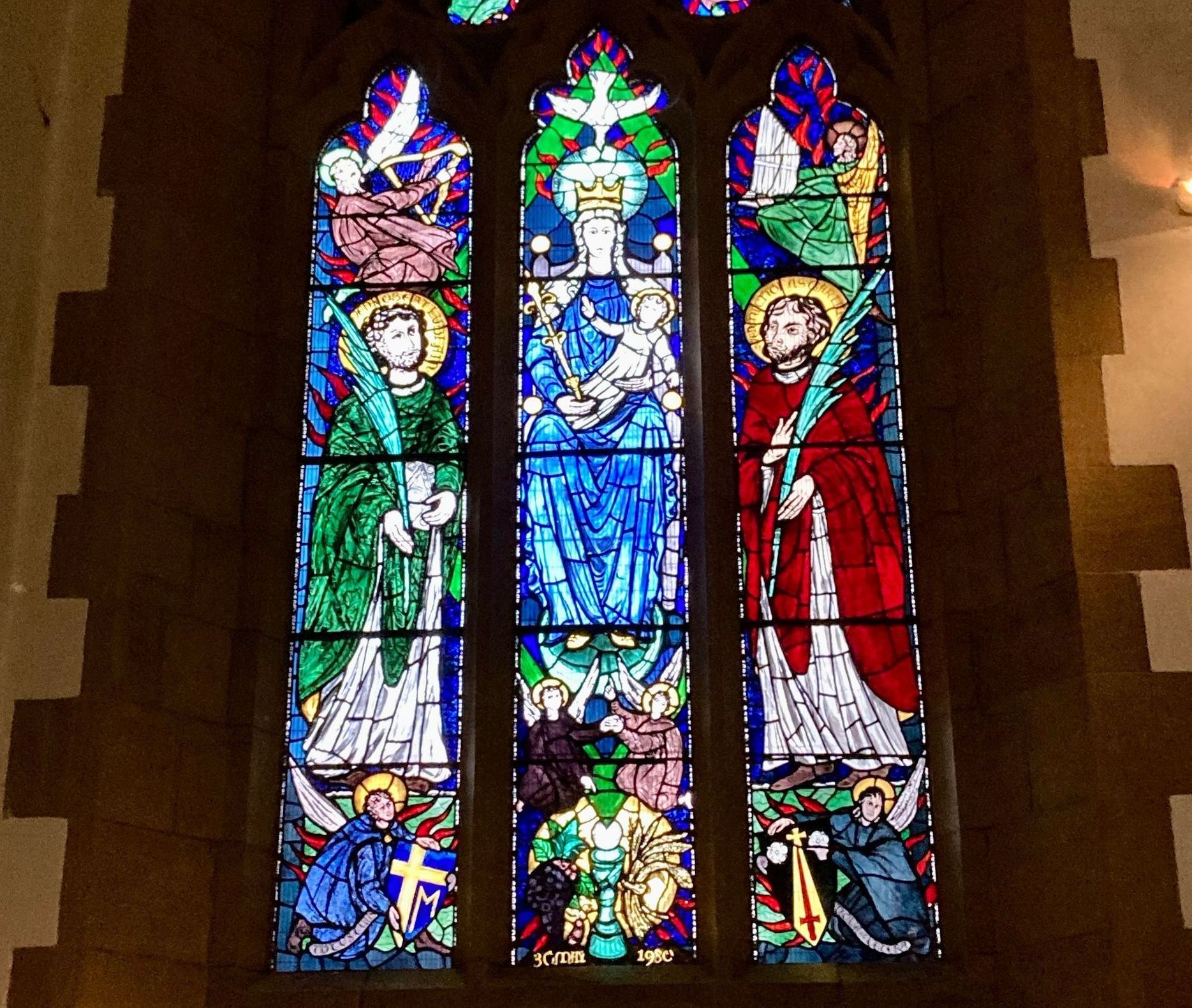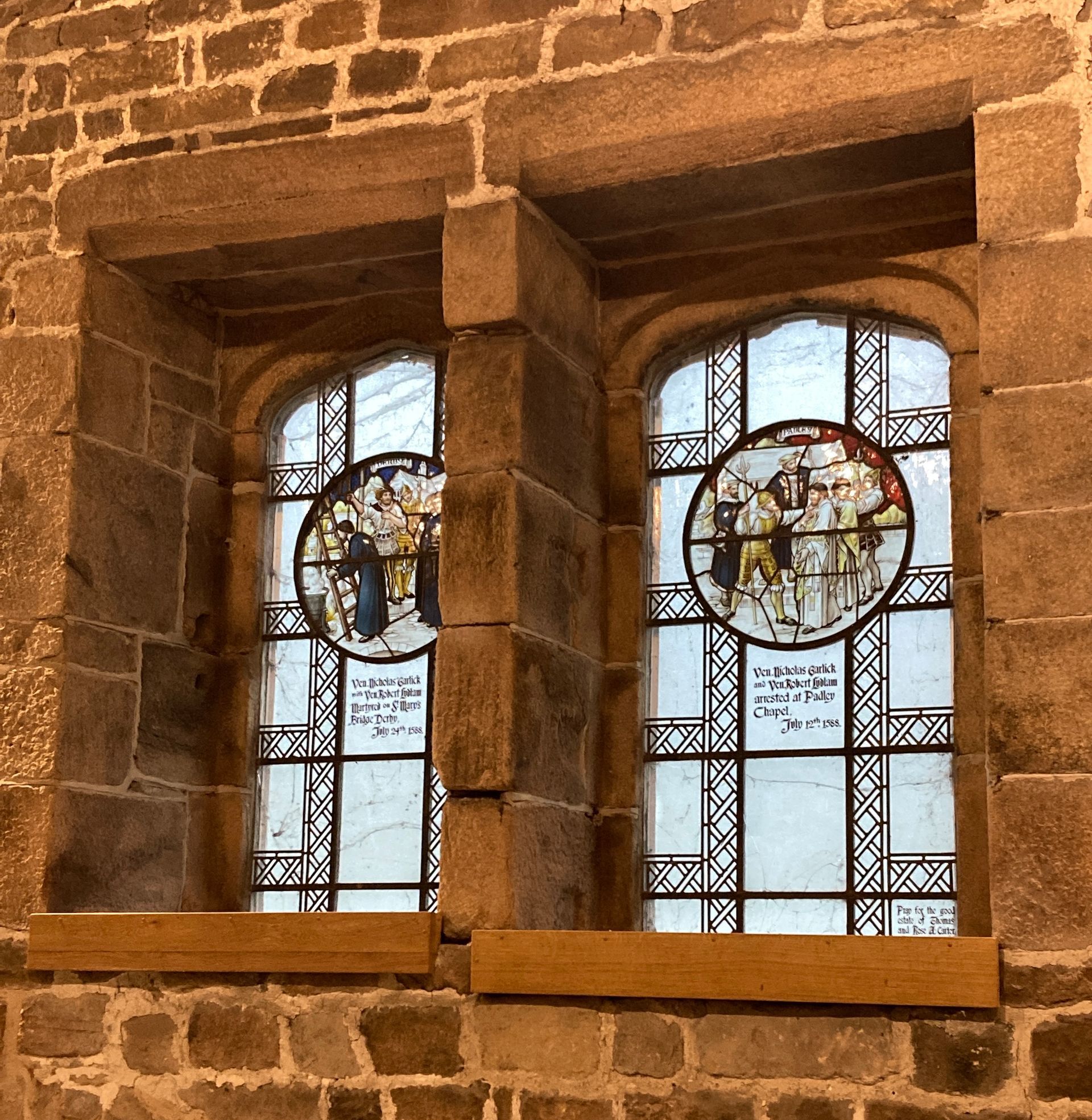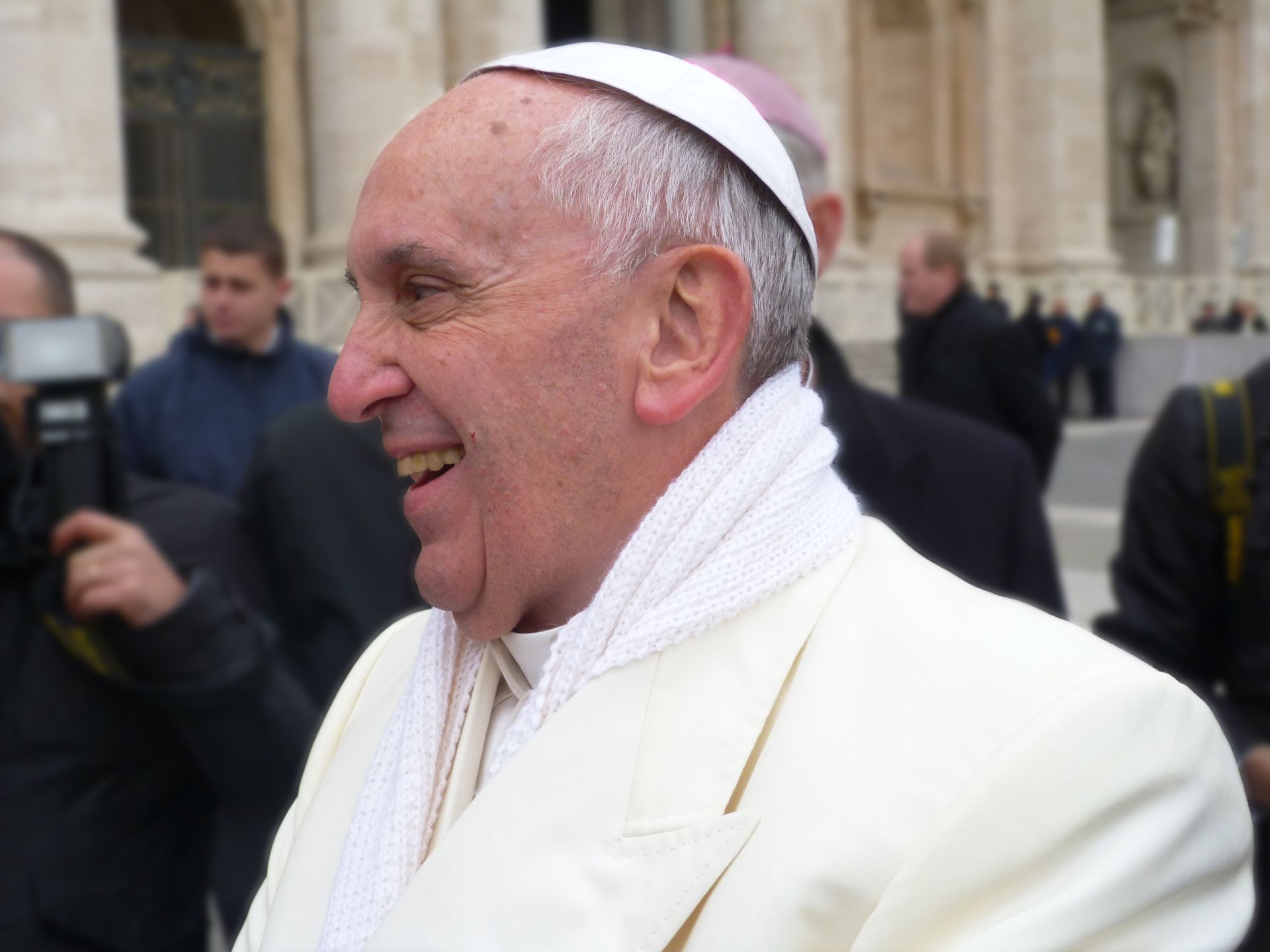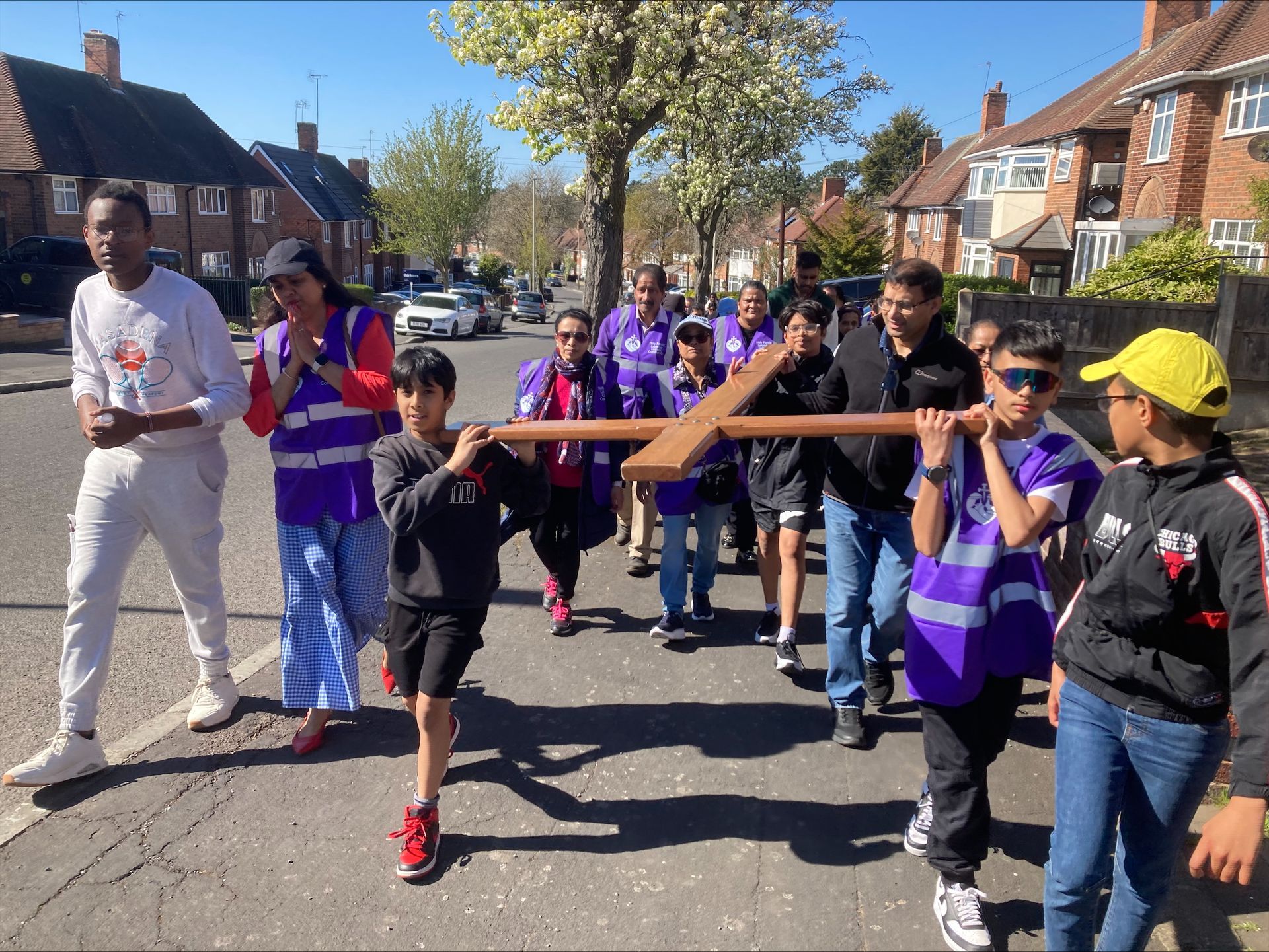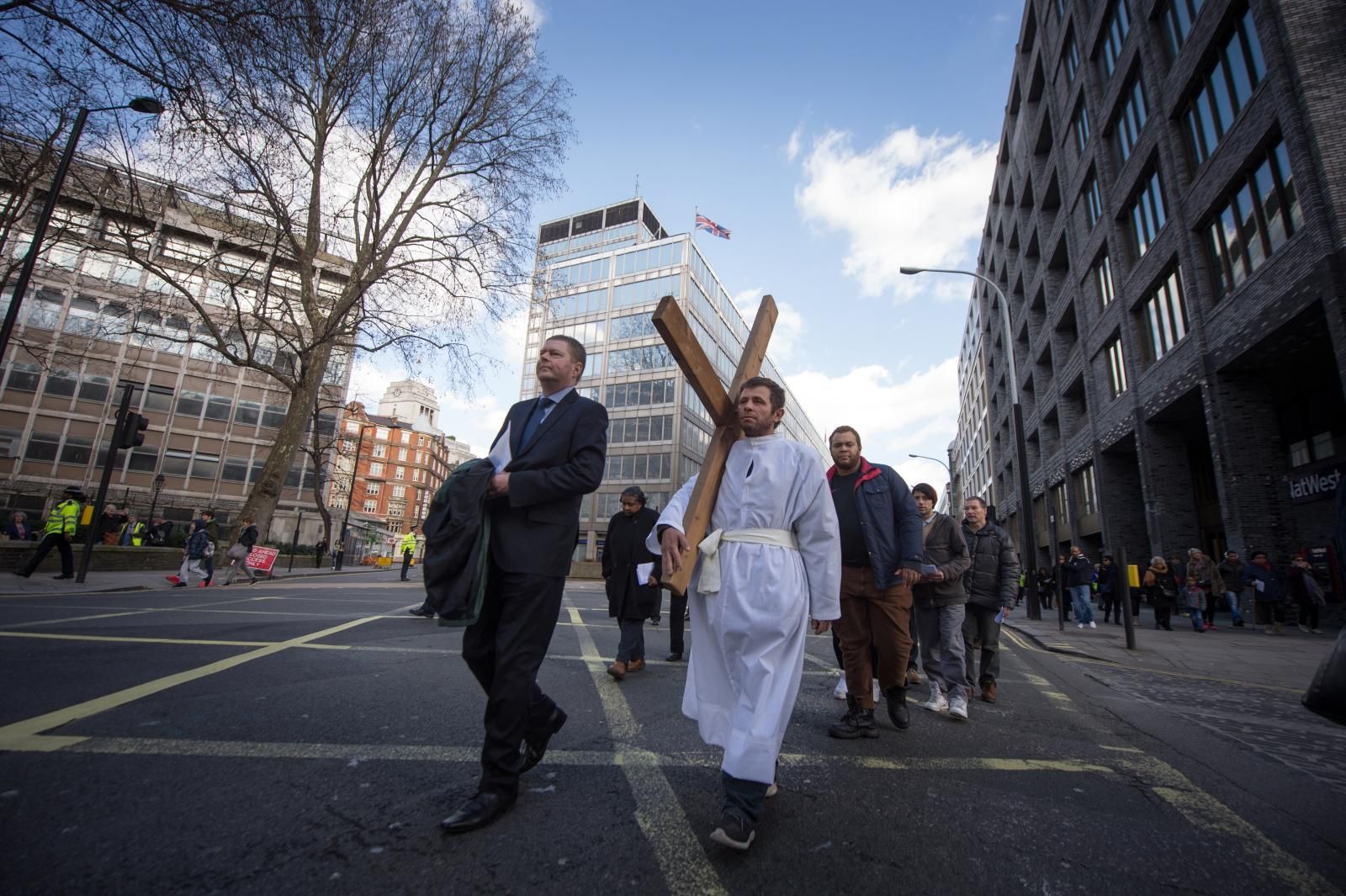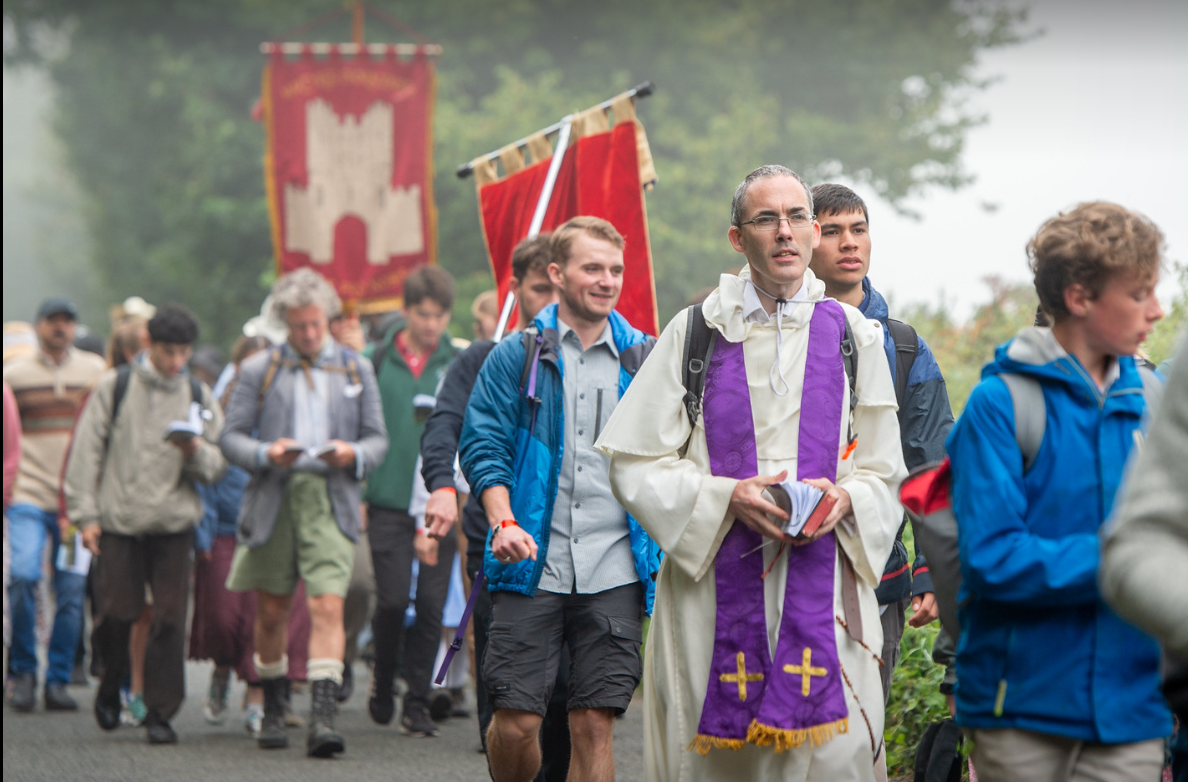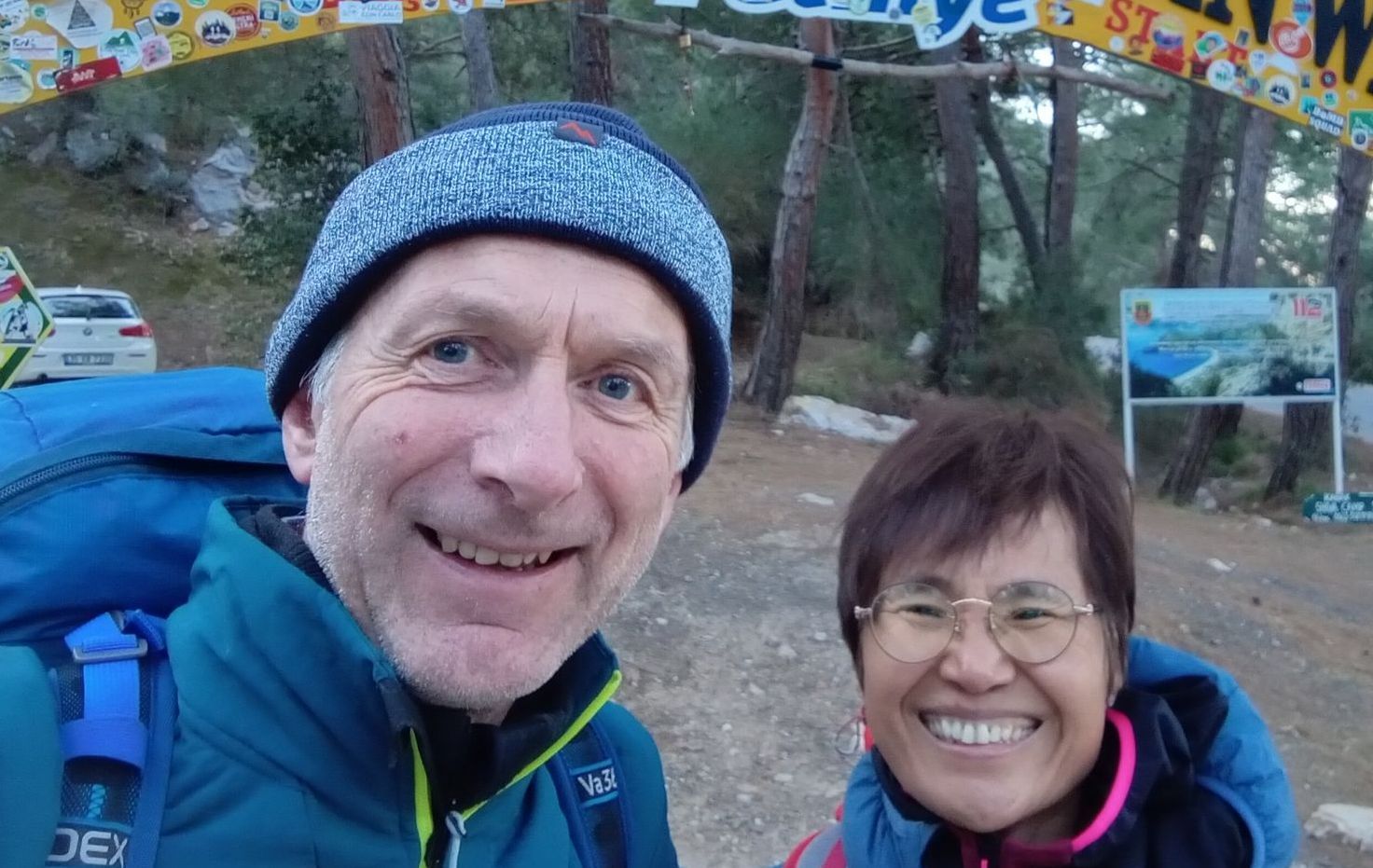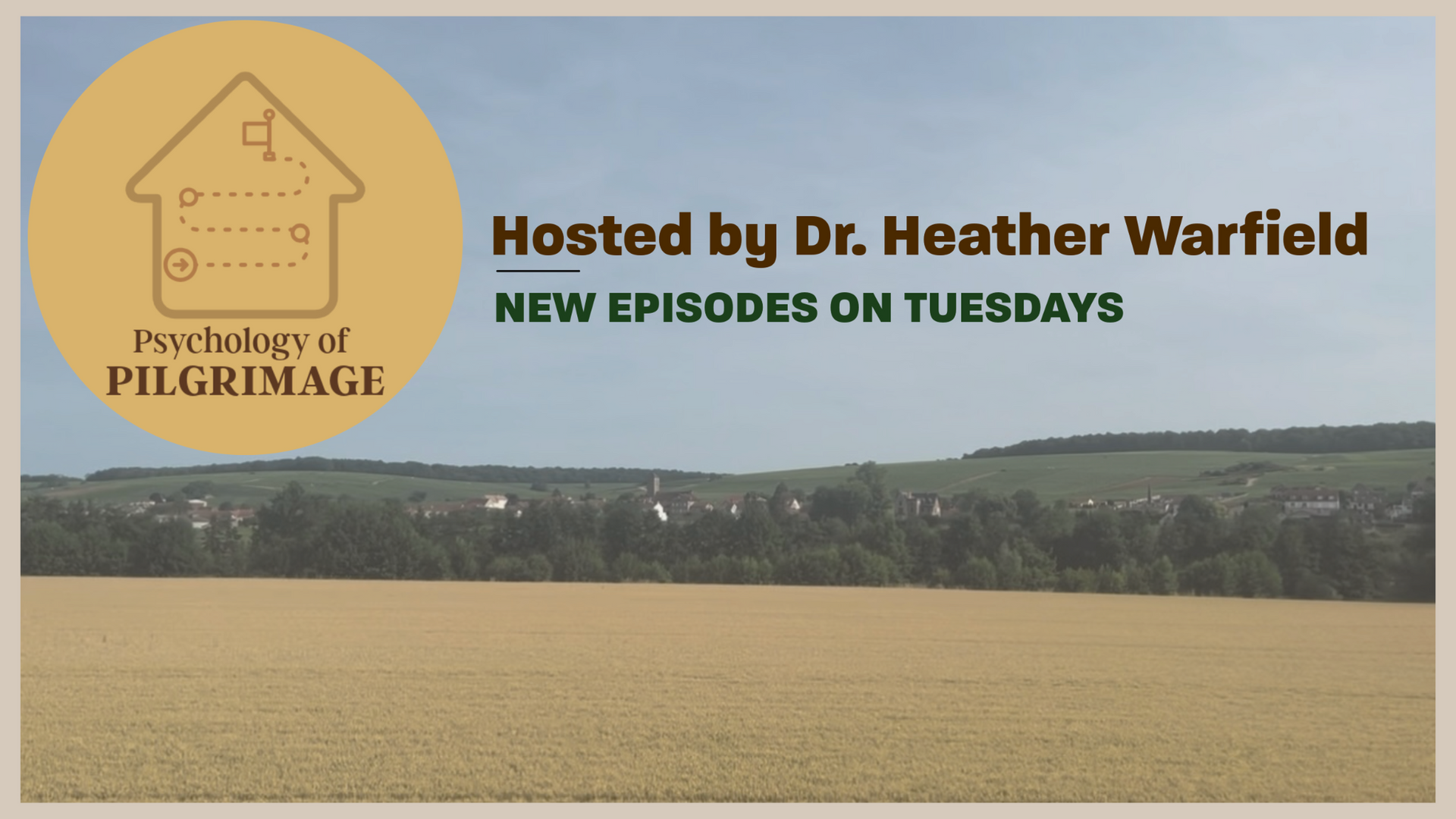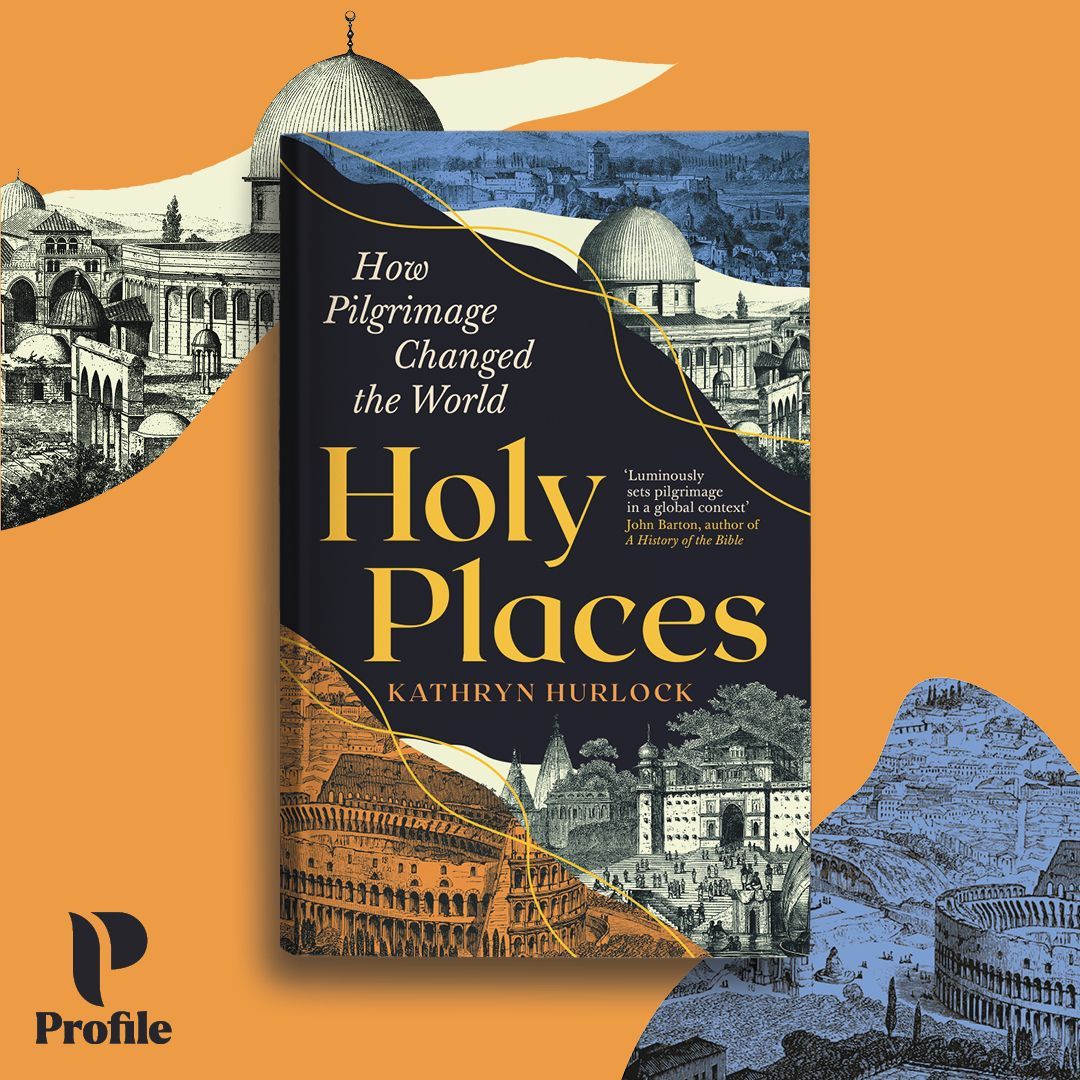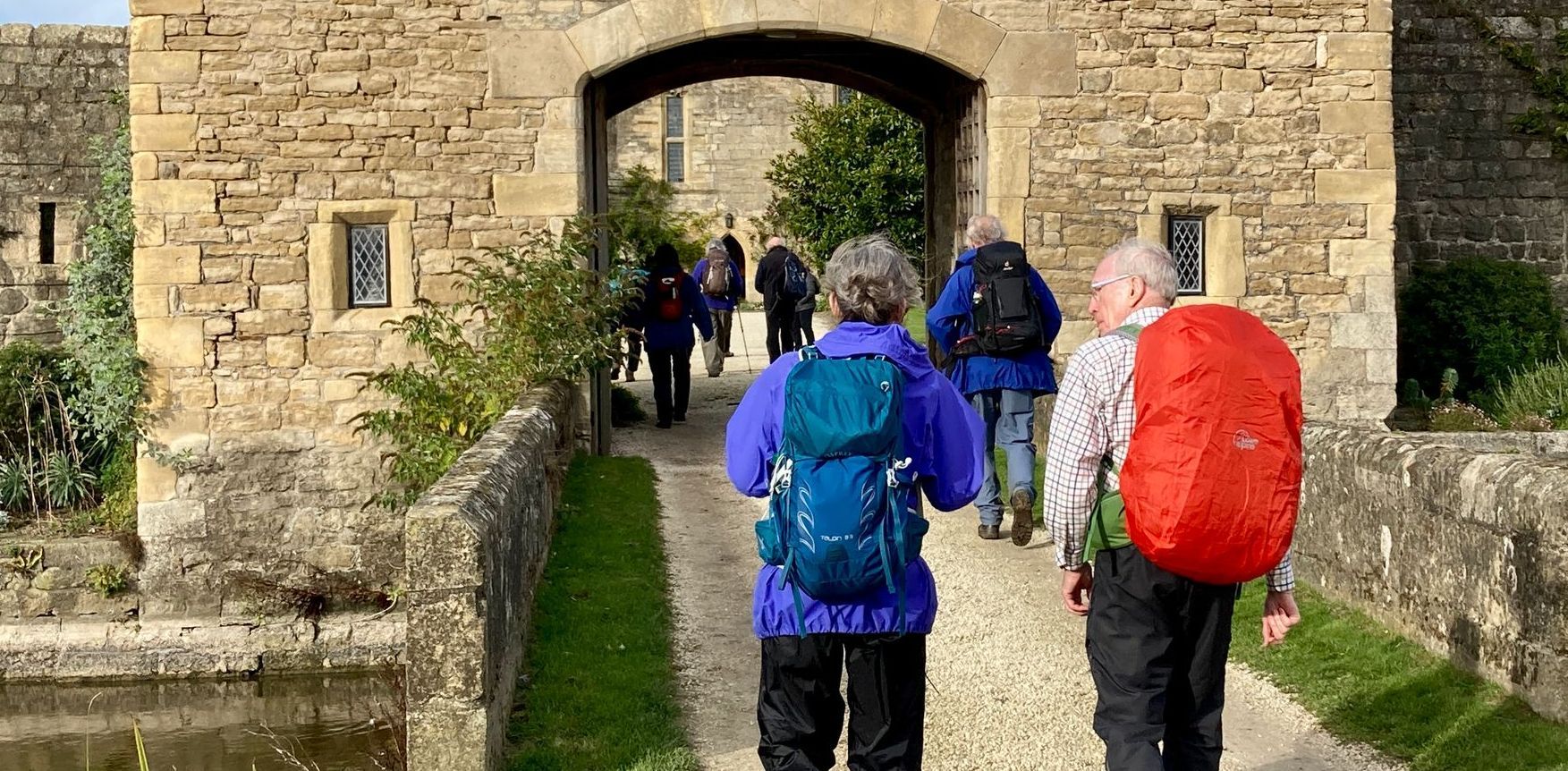Walking the Three Altars Way
A small group of pilgrims walked a trial Three Altars Way pilgrimage in Easter Week 2024. The ‘Hearts in Search of God’ project was an inspiration to explore the idea that each pilgrimage, no matter what the distance travelled, is in each and every step a prayer.
The route connects the altars of the Martyrs’ Chapel Padley, St Michael the Archangel Church, Hathersage and the remains of Holy Trinity Chapel, North Lees. Churches are places where we gather around the altar. As the General Instruction of the Roman Missal says: “The altar on which the Sacrifice of the Cross is made present under sacramental signs is also the table of the Lord to which the People of God are called together to participate in the Mass, as well as the centre of the thanksgiving that is accomplished through the Eucharist.”
In Easter Week there was a theme at each altar site; of the past apparent destruction, to be followed by the joys of resurrection and new life.
- Padley Chapel’s altar was buried by the Fitzherbert family 1588 to preserve it for the future. It was found 1933 and re-consecrated 1934. The 90th anniversary of that re-consecration is 12 May 2024.
- St Michael the Archangel’s Church along with its altar, was destroyed 1692 and rose again in the re-build, which was completed in 1806.
- Holy Trinity Chapel, possibly on the site of a Beauchief Abbey Grange Farm, was likely to have been re-built c 1685 and destroyed in 1692. The altar is likely to still lie n the ruins of the chapel today.
As part of the Three Altar’s Way Fr Sexton celebrated Mass on the site of its altar. One pilgrim was receiving Holy Communion for only the second time after being received into the Church at the Easter Vigil in St Marie’s Cathedral. Fr. Sexton reminded us that what was most important was commemorating each individual’s personal sacrifices to maintain the Catholic faith in the Hope Valley. We were standing on the shoulders of past local ‘giants’ of the faith:
- The 13th century Praemonstratensian Canons of Beauchief Abbey, bringing Mass to the Hope Valley.
- The martyrdoms of the Blesseds Garlick , Ludlam and Simpson on St Mary’s Bridge, Derby in 1588.
- The deaths in prison of the Fitzherberts, Sir John (1591) and Sir Thomas (1592) as ‘Confessors of the Faith’.
- The determination of Matilda Fitzherbert (daughter of John), to ensure Mass, continued to be celebrated in the Hope Valley, at Nether Hurst Farm, following her arrest in 1588, and imprisonment in Derby gaol for three years.
- Sir Richard Fenton, North Lees, (Holy Trinity Chapel) who was arrested in 1588, and after repeated periods of imprisonment and being the spokesman for recusants, jailed in York Castle and died in 1604.
- Fr William Southworth, the Mission priest of St Michael the Archangel, following the Second Catholic Relief Act 1791, registered the wrecked chapel as a place of Catholic worship. The church was re-built by 1806.
- Mgr Payne and Canon Busch who led the campaign to purchase and restore Padley Chapel (1929-1933).
- The determination of Barbara M. Smith to preserve the history of the Catholic faith in the Hope Valley.
- The commitment of John Rigby, representative of so many other local people over many years, in making the spiritual treasure that is Padley Chapel available to all.
All were remembered and prayed for as ‘Pilgrims of Hope’ in this Year of Prayer 2024, in preparation for the Year of Jubilee 2025.
If you would like to help make Padley Chapel more available to visitors (April-September 2024) please contact, friendsofpadley@hallam-diocese.com
Gerard Bonner
Friends of Padley Chapel
Eastertide 2024
NB This article was first published in the Hallam Bridge, the newsletter of the Diocese of Hallam. It is reproduced here with kind permission of the author.
